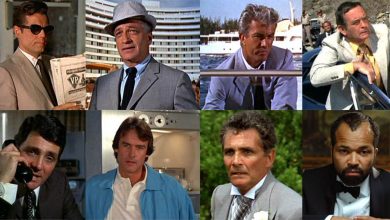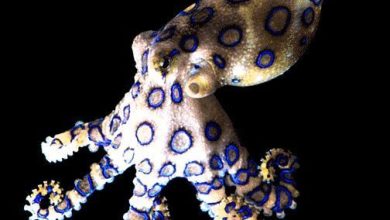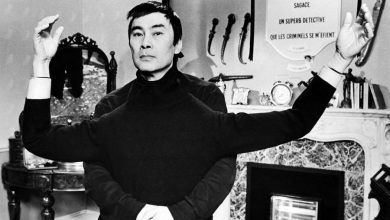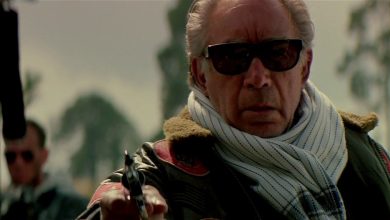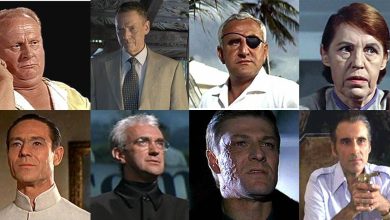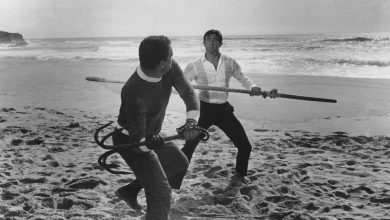Javier Bardem’s Villain Roles in Spectre and Escobar Unveiled.
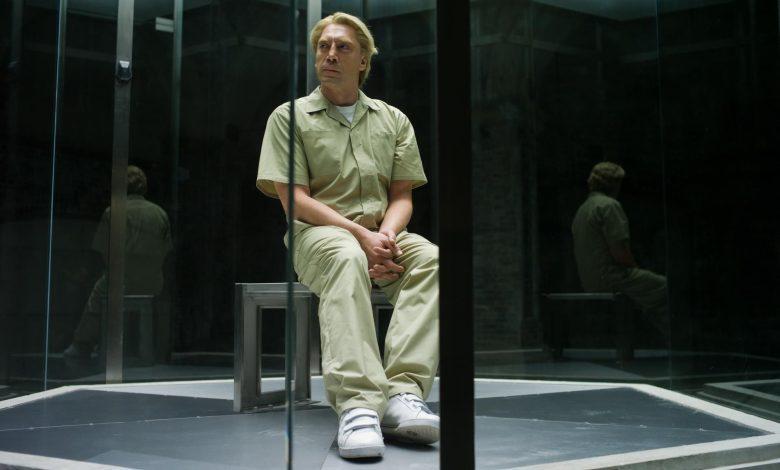
When it comes to playing the villain, few actors can match the intensity and talent of Javier Bardem. In recent years, Bardem has delivered captivating and chilling performances as antagonists in blockbuster films such as Spectre and Escobar. His ability to portray complex and menacing characters with depth and nuance has made him a standout in the industry.
Key Takeaways:
- Javier Bardem’s villain roles in Spectre and Escobar showcase his exceptional talent and versatility as an actor.
- His portrayal of antagonists in both films left a lasting impact on audiences.
- Bardem’s performances as villains contribute to the overall archetype of antagonist characters in film and literature.
Javier Bardem as the Chilling Villain in Spectre
Javier Bardem’s role as a villain in the James Bond film, Spectre, was nothing short of remarkable. He brought a chilling presence to the character of Raoul Silva, a former MI6 agent turned cyber-terrorist. Bardem’s portrayal was both menacing and captivating, leaving a lasting impression on audiences.
One of the standout traits of Bardem’s performance was his ability to convey a sense of unpredictability. He brought a unique brand of madness to the character, which made Silva all the more terrifying. The combination of the character’s unsettling demeanor and Bardem’s natural talent as an actor created a truly memorable villain.
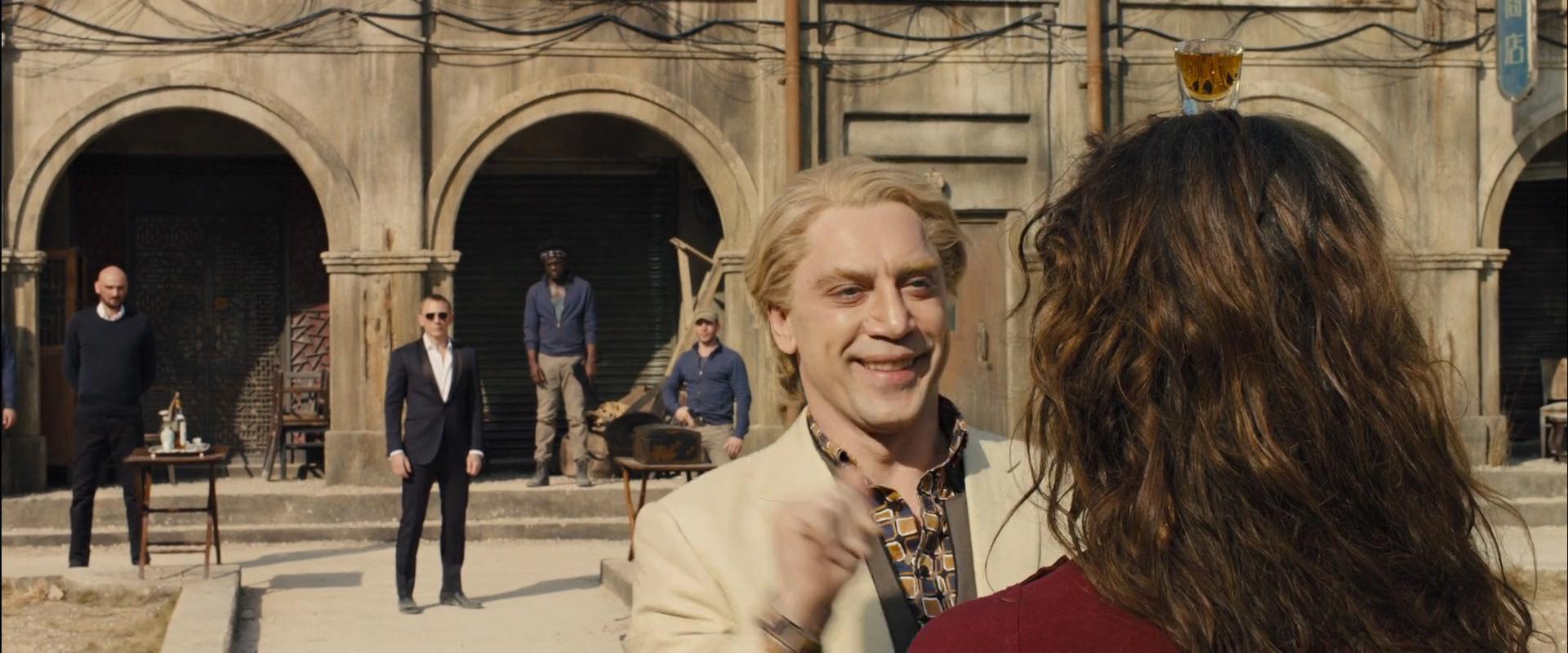
The Making of a Villain
In an interview with Collider, Bardem explained how he approached the role of Silva. He discussed the importance of finding the humanity in the character, despite his villainous actions. Bardem worked closely with director Sam Mendes to create a backstory for Silva, delving into the character’s motivations and experiences.
“Sam and I talked a lot about the past and what could be the motivation of Silva to do what he does, because Sam wanted this to be a character that you could actually care for, even if he’s doing awful things.”
This attention to detail paid off, as Bardem’s portrayal of Silva was both nuanced and complex. He managed to create a villain who was not only menacing, but also sympathetic.
A Villainous Legacy
Bardem’s performance in Spectre earned him widespread critical acclaim, with many calling it one of the best Bond villain performances of all time. The impact of his portrayal continues to be felt within the Bond franchise, with subsequent films drawing inspiration from his character.
Overall, Bardem’s role as Raoul Silva in Spectre showcased his range and ability as an actor. He brought a fresh perspective to the villain archetype, creating a character that was both terrifying and relatable.
Javier Bardem’s Captivating Performance in Escobar
While Javier Bardem’s role as the villainous Raoul Silva in Spectre garnered critical acclaim and praise from audiences, his performance as Pablo Escobar in the 2017 film Escobar showcased a different side of his villainous talents.
Bardem’s portrayal of the notorious drug lord was haunting and captivating, drawing viewers into the complex persona of a man who was both ruthless and charming. Bardem’s attention to detail and the nuances he brought to the role made Escobar a standout performance in his career.
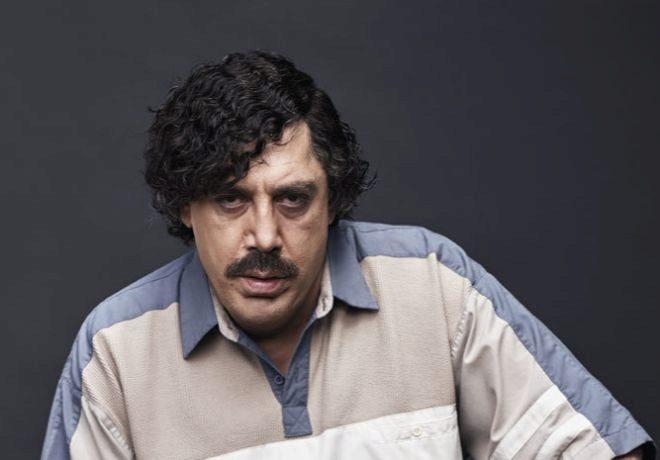
The Spanish actor seamlessly transitioned between Escobar’s charismatic public persona and his brutal, violent tendencies in private. Bardem’s physical transformation for the role, including gaining weight and donning a bald cap, demonstrated his dedication to bringing authenticity to the character.
Bardem’s portrayal of Escobar transcended the typical Hollywood portrayal of Latin American drug lords as one-dimensional villains. He portrayed Escobar as a man with layers, whose atrocities were rooted in a complex history and social context.
Overall, Bardem’s performance in Escobar showcased his ability to bring a depth and complexity to even the most villainous of characters.
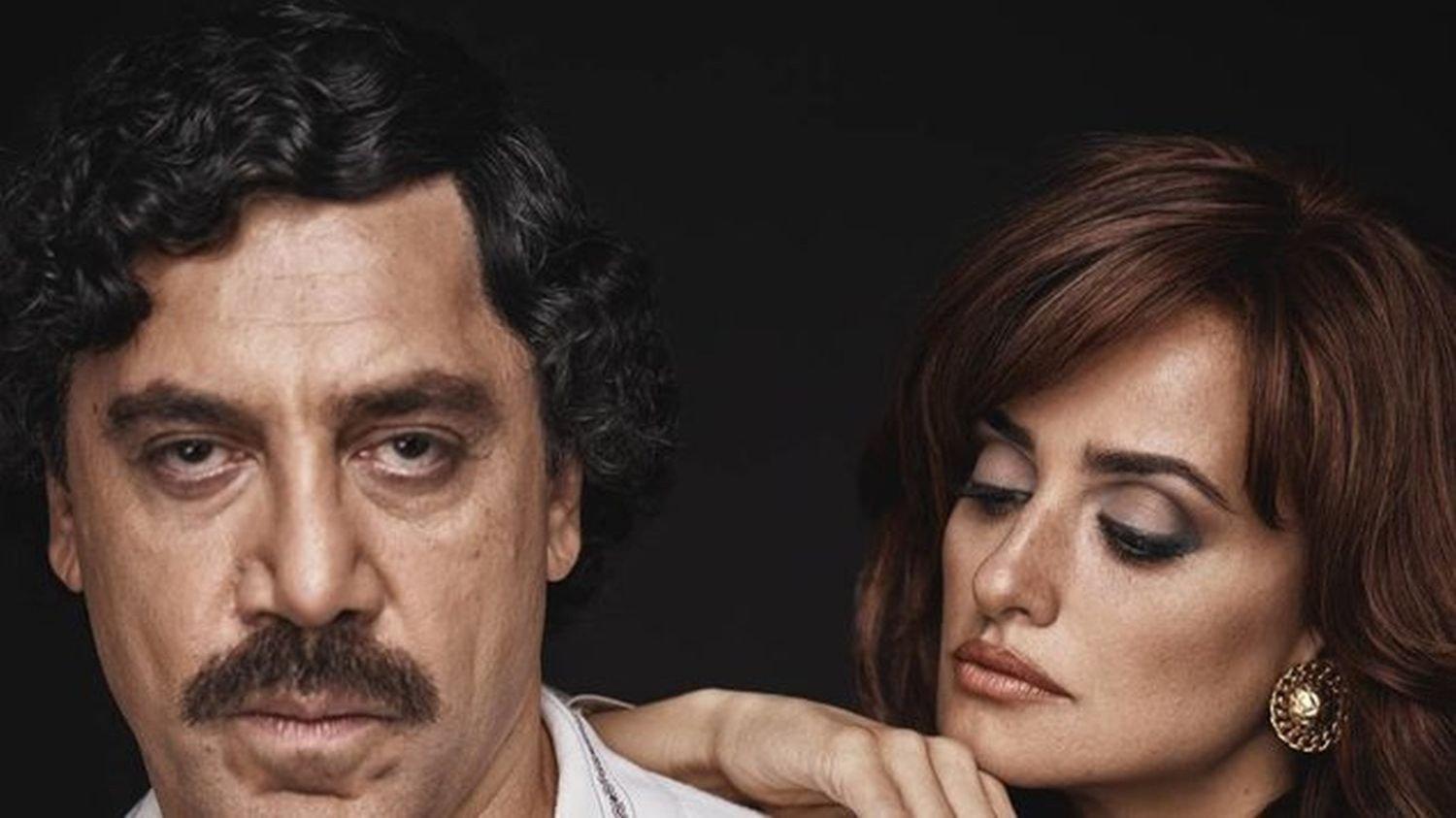
Bardem’s Mastery of Antagonist Roles
Javier Bardem’s prowess as an actor is undeniable, and his ability to bring depth and intensity to his antagonist characters is a testament to his talent. His performances in movies such as Spectre and Escobar solidify his status as a master of villainous roles.
In Spectre, Bardem plays the chilling villain Raoul Silva, a former MI6 agent seeking revenge on his former employer. Bardem’s portrayal of Silva was nothing short of mesmerizing, with his performance earning widespread critical acclaim. He managed to create a sense of menace and unpredictability with every movement and every line, making him one of the most memorable Bond villains in history.
Bardem’s performance in Escobar was equally captivating, portraying the notorious drug lord with nuance and depth. He accurately depicted the complex persona of Pablo Escobar, capturing his charisma, ruthlessness, and vulnerabilities with equal skill. Bardem’s portrayal of Escobar brings the character to life, making him feel like a flesh-and-blood individual rather than a one-dimensional villain.
Bardem’s ability to excel in antagonist roles goes beyond these two movies. His versatility as an actor allows him to bring something unique to every villain he plays. He has portrayed other notable antagonist characters, such as Anton Chigurh in No Country for Old Men, a role that won him an Academy Award for Best Supporting Actor.
Bardem’s performances as villains are not only captivating but also make a significant contribution to the overall antagonist archetype in film and literature. His portrayal of complex and multidimensional characters challenges the conventional portrayal of villains. Through his performances, Bardem brings a sense of humanity to characters that could easily fall into one-dimensional stereotypes.
The Allure of Bardem’s Villainous Performances
Javier Bardem’s captivating performances as villains in both Spectre and Escobar have left a lasting impression on viewers. His ability to mesmerize and captivate with his portrayal of complex and menacing characters is a testament to his exceptional talent and versatility as an actor.
Bardem’s ability to bring depth and intensity to his characters is unmatched, and his performances as villains are no exception. In Spectre, he portrayed a chilling villain with specific traits and characteristics that made the character memorable. In Escobar, he accurately depicted the complex persona of the notorious drug lord, showcasing his ability to bring nuance and depth to villainous roles.

His impact on the overall success of the films cannot be ignored, and his contribution to the antagonist archetype in film and literature is significant. Bardem’s portrayals have helped shape the audience’s perception of villainous characters, challenging conventions of the genre, and leaving a lasting legacy in the film industry.
The allure of Bardem’s villainous performances is undeniable, and his mastery of intimidation through his physicality, voice, and facial expressions is impressive. His ability to create a sense of menace leaves a lasting impression on viewers, making his characters some of the most memorable in recent film history.
Overall, Bardem’s villain roles are a study in character development, showcasing his ability to bring depth, complexity, and a sense of humanity to characters that could easily fall into one-dimensional stereotypes. His evolution as an actor in villain roles continues to push boundaries and challenge himself with each new project.
Bardem: A Master of Intimidation
Javier Bardem is known for his ability to intimidate and instill fear through his villainous roles, and his portrayal of Raoul Silva in the James Bond film, Spectre, is a prime example of this.
Bardem’s physicality, combined with his hauntingly soft-spoken voice and piercing gaze, create a truly menacing character that remains etched in viewers’ minds long after the film ends. His disfigured face, complete with a missing tooth, only adds to the sense of unease that he evokes.
As Silva, Bardem is unpredictable and unrelenting, with a twisted sense of humor that makes him all the more chilling. He effortlessly balances vulnerability and cruelty, creating a character that is both terrifying and sympathetic.
Bardem’s ability to convey a sense of danger and intimidation through his performance is a testament to his skill as an actor, and his unforgettable portrayal of Raoul Silva has solidified his place as a master of intimidation in the world of film.
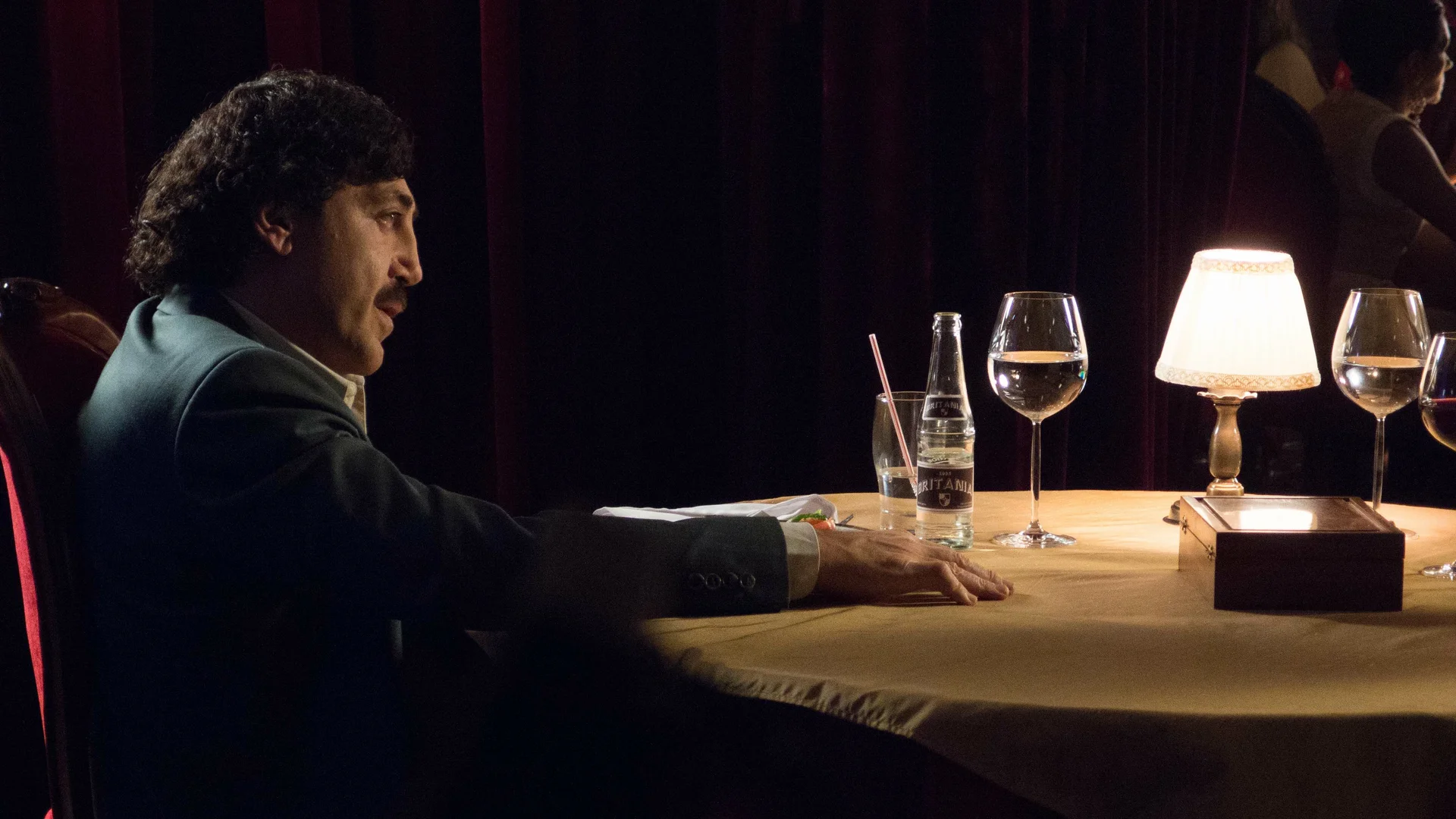
Bardem’s Contribution to the Antagonist Archetype
While Javier Bardem’s performances as villains in Spectre and Escobar are undoubtedly captivating, they also contribute to a larger narrative of the antagonist archetype in film and literature. By portraying complex and multi-dimensional characters, Bardem challenges the traditional notions of what it means to be a villain in pop culture.
Bardem’s portrayal of Escobar, for instance, is a nuanced and layered interpretation of the notorious drug lord. Through his performance, Bardem humanizes the character, showing the audience the motivations and vulnerabilities that drive him. In doing so, he subverts the common depiction of Escobar as a one-dimensional monster, and creates a more interesting and compelling antagonist.
Similarly, Bardem’s portrayal of the villain in Spectre challenges the tropes of the James Bond franchise. Instead of a stereotypical megalomaniac bent on world domination, Bardem’s character is a more personal and intimate foe, with deep connections to Bond’s past. By bringing a sense of emotional depth to the antagonist, Bardem makes the character more relatable, even as he commits heinous acts.
In both of these performances, Bardem’s contribution to the antagonist archetype is clear: by bringing a sense of humanity and nuance to his characters, he challenges the audience to think more deeply about the roles that villains play in our stories, and the ways in which they reflect the complexities of the human experience.
Bardem’s Villain Roles: A Study in Character Development
Javier Bardem’s performances as villains have been praised for their depth and complexity, and his roles in Spectre and Escobar are no exception.
As Raoul Silva in Spectre, Bardem portrays a chilling villain with a tragic backstory, driven by revenge against his former boss, M. Through a combination of nuanced acting and impressive makeup effects, Bardem creates a captivating character that both frightens and intrigues the audience.
In Escobar, Bardem takes on the role of the notorious drug lord, Pablo Escobar. Despite playing a real-life figure, Bardem manages to bring a sense of humanity to the character, highlighting the complex motivations and inner conflicts of the infamous criminal.
Bardem’s talent for portraying villainous characters lies in his ability to bring depth and subtlety to his roles. He avoids one-dimensional stereotypes and instead creates characters with nuance, complexity, and relatability. Through his performances, he shows that villains are not always purely evil, but can have complex motivations and inner turmoil.
Bardem’s commitment to character development is evident in his preparation for his roles. He immerses himself in research, studying the characters he plays and the worlds they inhabit. He also works closely with directors and writers to ensure that the characters he portrays are fully realized on screen.
Overall, Bardem’s villain roles are a study in character development. Through his performances, he shows that villains can be just as complex and interesting as heroes, and he continues to challenge himself in his choice of roles and performances.
Bardem’s Legacy as a Villainous Actor
Javier Bardem’s portrayals of villains in Spectre and Escobar have left an enduring impact on the film industry. His captivating and intense performances have elevated the antagonist archetype, pushing the boundaries of what a cinematic villain can be.
Bardem’s ability to imbue his characters with depth and complexity has contributed to the enduring popularity of his roles. His mastery of physicality, voice, and facial expressions have created intimidating and memorable characters that have left a lasting impression on audiences.
His contributions to the genre of villainy in film and literature cannot be overstated. Bardem’s nuanced character development and knack for evoking fear and empathy in equal measure have set a new standard for what a villainous character can achieve.
As he continues to evolve as an actor in villain roles, audiences eagerly anticipate his future performances and the impact they will undoubtedly have on the portrayal of villains in cinema.
Bardem’s Evolution as a Villainous Actor
Throughout his career, Bardem has shown remarkable versatility in portraying various antagonist characters on the big screen. Starting from his breakout performance in No Country for Old Men, he has continued to push himself and evolve as a villainous actor.
One of his most memorable performances was as Raoul Silva in the James Bond film, Spectre. Bardem took on the role with gusto, infusing the character with a chilling demeanor and a twisted sense of humor. His portrayal was both captivating and terrifying, making him one of the most memorable Bond villains in recent history.
However, Bardem’s villainous range extends beyond Spectre. In the film Escobar, he played notorious drug lord Pablo Escobar with depth and complexity, bringing a sense of humanity to a character that could have easily been portrayed as a one-dimensional monster.
As Bardem continues to take on new roles, he continues to challenge himself and expand his abilities as an actor. There is no doubt that he will continue to captivate audiences with his villainous performances for years to come.
WATCH Javier Bardem’s MOVIES
Conclusion
Javier Bardem’s captivating performances as a villain in both Spectre and Escobar have left a lasting impression on audiences. As we have seen, Bardem’s ability to bring depth, nuance, and intensity to his characters is what sets him apart as an actor. His performances as villains have been mesmerizing, leaving viewers both intimidated and in awe.
Through his portrayal of complex and menacing characters, Bardem has contributed to the evolution of the antagonist archetype in film and literature. His exceptional talent and versatility as an actor allow him to bring humanity to characters that could easily fall into one-dimensional stereotypes.
The lasting impact of Bardem’s villainous performances cannot be overstated. He has influenced the film industry and continues to captivate audiences with his exceptional acting abilities. We anticipate many more exceptional performances from Bardem as he continues to push boundaries and challenge himself in future projects.
FAQ
Q: What roles did Javier Bardem play in Spectre and Escobar?
A: In Spectre, Javier Bardem played the chilling villain character. In Escobar, he portrayed a captivating antagonist role.
Q: How did Javier Bardem excel as a villain in Spectre?
A: Bardem delivered a chilling performance as the villain in Spectre, leaving a lasting impact with his portrayal. He brought specific traits and characteristics to the character, making it memorable for the audience.
Q: What was Bardem’s role in Escobar like?
A: Bardem’s performance in Escobar as a villainous character was captivating. He brought depth and nuance to the role, accurately depicting the complex persona of the notorious drug lord.
Q: What other antagonist roles has Bardem excelled in?
A: Bardem’s mastery of antagonist roles extends beyond Spectre and Escobar. He has showcased his versatility in various other performances, bringing depth and intensity to his characters.
Q: What is the allure of Bardem’s villainous performances?
A: Bardem’s villainous performances mesmerize and captivate the audience. He portrays complex and menacing characters that leave a lasting impression, contributing to the overall success of the films.
Q: How does Bardem create intimidation through his villain roles?
A: Bardem uses his physicality, voice, and facial expressions to instill fear and create a sense of menace in his villainous roles. His ability to intimidate is a testament to his talent and dedication as an actor.
Q: How do Bardem’s villain roles contribute to the antagonist archetype?
A: Bardem’s portrayals of villains in films like Escobar contribute to the overall antagonist archetype in film and literature. His performances shape the audience’s perception of villainous characters and challenge conventions of the genre.
Q: How does Bardem develop his character in his villain roles?
A: Bardem brings depth, complexity, and a sense of humanity to his villain roles, avoiding one-dimensional stereotypes. His character development adds layers to the performances and makes them more compelling.
Q: What is the legacy of Bardem’s villains?
A: Bardem’s villainous performances have left a lasting impact on the film industry. His characters have become popular among audiences, and his portrayals continue to be influential.
Q: How has Bardem evolved as a villainous actor?
A: Bardem’s performances in villain roles have evolved over the years. He continues to push boundaries and challenge himself in each new project, showcasing his exceptional talent.



